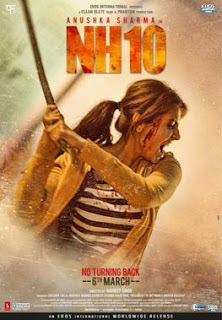Attempts at resolving epistemic and pedagogical dilemmas in social sciences

History and other allied social science disciplines are basically abstract and amorphous knowledge enterprises. While making it too empirical and tangible often means presenting society blanched, and leveling out much its complexities and emptying the various socio-cultural and economic processes at play. Presenting society in such encapsulated, discrete, atomistic form has its takers too and our flawed school textbooks set off such takes on society, its past and present on impressionable minds, something majority of us are unable to shake off. On the other hand attempting to make social sciences more holistic, embodied is not simply a matter of method but more fundamentally an understanding of the kind of knowledge frames required to understand society. Thus here matters of ontology and epistemology also need to be grappled with. In such a sense then philosophy and social theory play an important role in giving direction and unraveling its constitutive elements - let it be histor...

